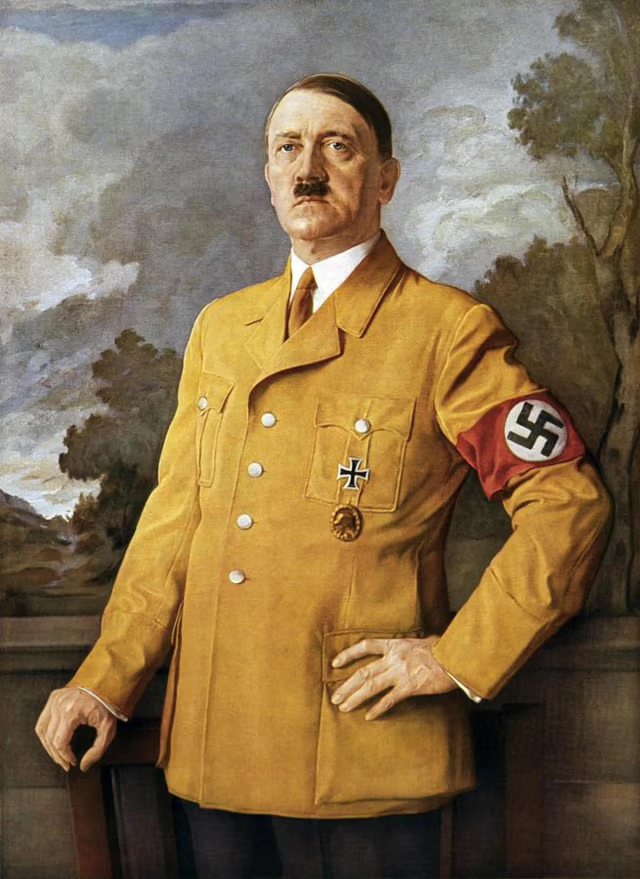The Imperial War Museum in London holds one of the most sensitive and controversial items in its collection: an official portrait of Adolf Hitler, painted by Nazi artist Heinrich Knirr. Although the painting is currently not on public display, it remains a stark reminder of a turbulent chapter in world history.
Originally commissioned for the German embassy in London, the portrait titled Adolf Hitler, Creator of the Third Reich and Renewer of German Art was later renamed Der Führer by the museum. Measuring nearly a metre tall, the work depicts Hitler with a prominent swastika armband against a stormy, ominous backdrop. Completed in 1937, two years before the outbreak of World War II, the painting once hung in the embassy’s waiting room, a grand building near Buckingham Palace.
Artist Heinrich Knirr, who had previously taught a young Paul Klee, became a devoted Nazi by the 1930s and Hitler’s preferred portraitist. He painted two versions of this Hitler portrait — one for display at Munich’s Great German Art Exhibition and the other for the refurbished London embassy, overseen by Hitler’s architect Albert Speer and furnished by Paul Troost.
When war broke out in 1939, the German embassy fell under Swiss protection. After the war ended, the U.K. Ministry of Works took over the embassy and its contents. Museum officials initially misread Knirr’s signature, undervaluing the painting at £20. Despite the Imperial War Museum’s early reluctance — concerned about public backlash and funding issues — the British government eventually insisted that the museum accept the portrait to prevent it from falling into the hands of British fascists.
The museum formally acquired the portrait in 1946, and it remained largely hidden until the 1980s, when it was occasionally displayed as an example of Nazi propaganda at exhibitions in London and Berlin. Today, it remains in storage, stripped of its ornate original frame.
Meanwhile, other key figures connected to the embassy’s Nazi-era renovation met dramatic fates: Ambassador Joachim von Ribbentrop was executed for war crimes, and architect Albert Speer served 20 years in prison. As for Heinrich Knirr, he died in 1944 of natural causes, his legacy tied to one of history’s darkest regimes.
The fate of the second version of the Hitler portrait remains unknown, likely lost to wartime destruction. The former German embassy building now serves a new purpose as the home of the Royal Society, a testament to the city’s postwar transformation.



0 Comments